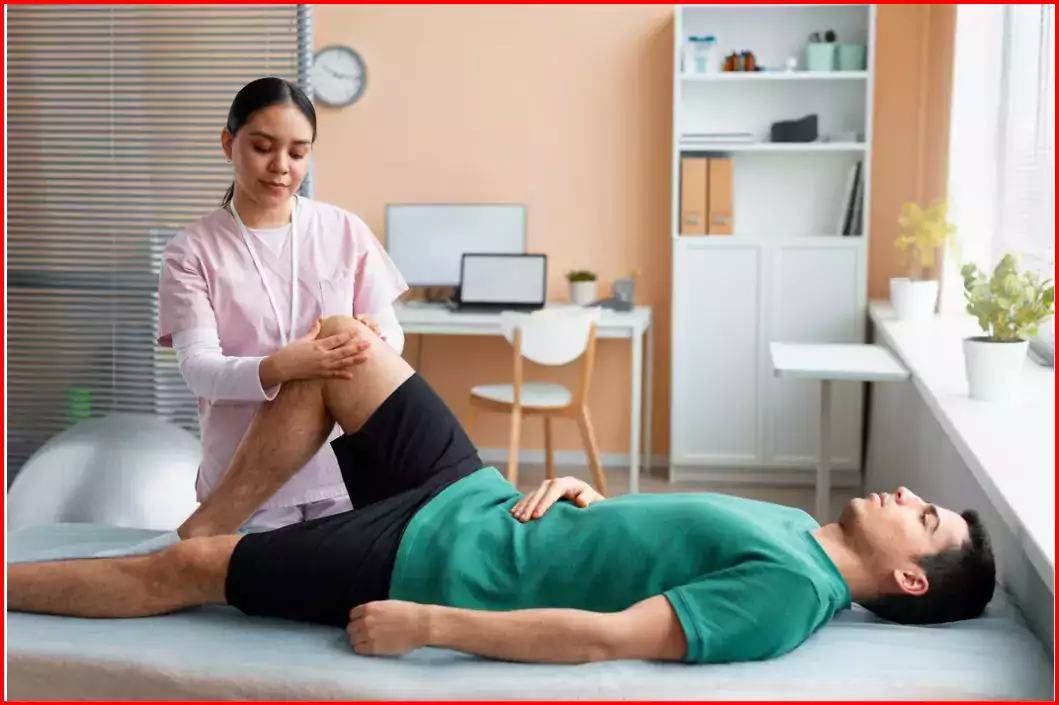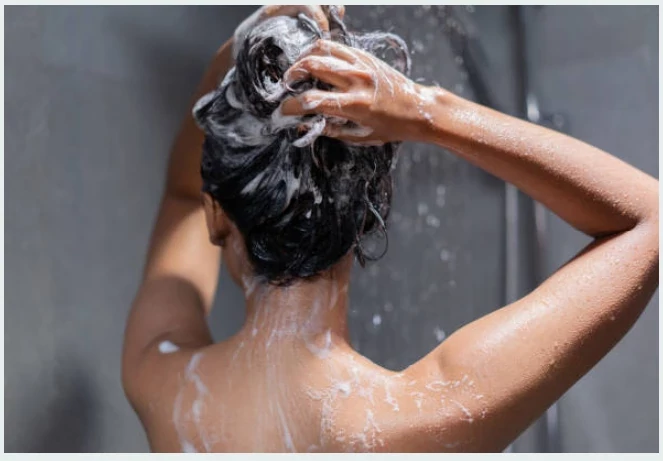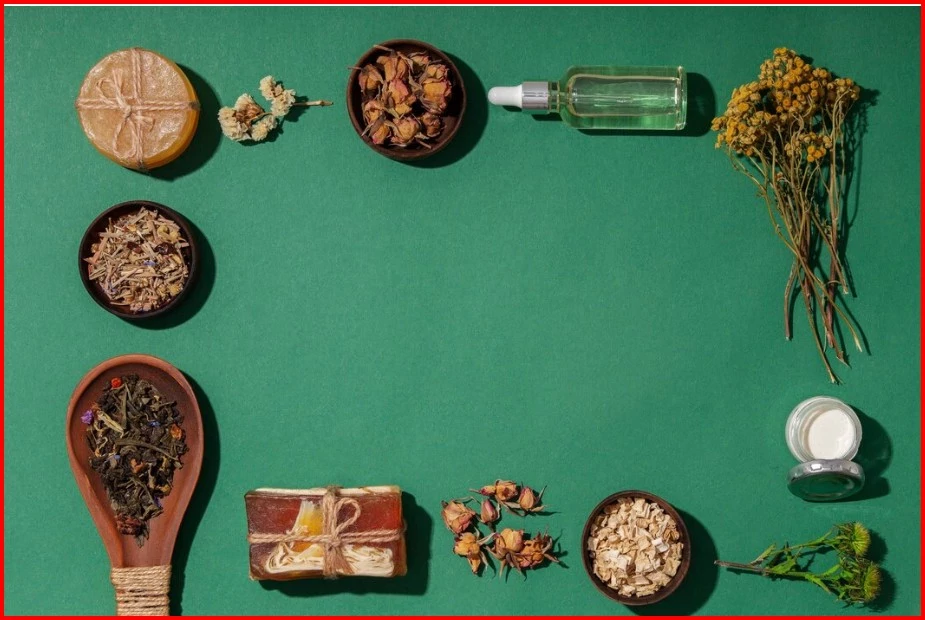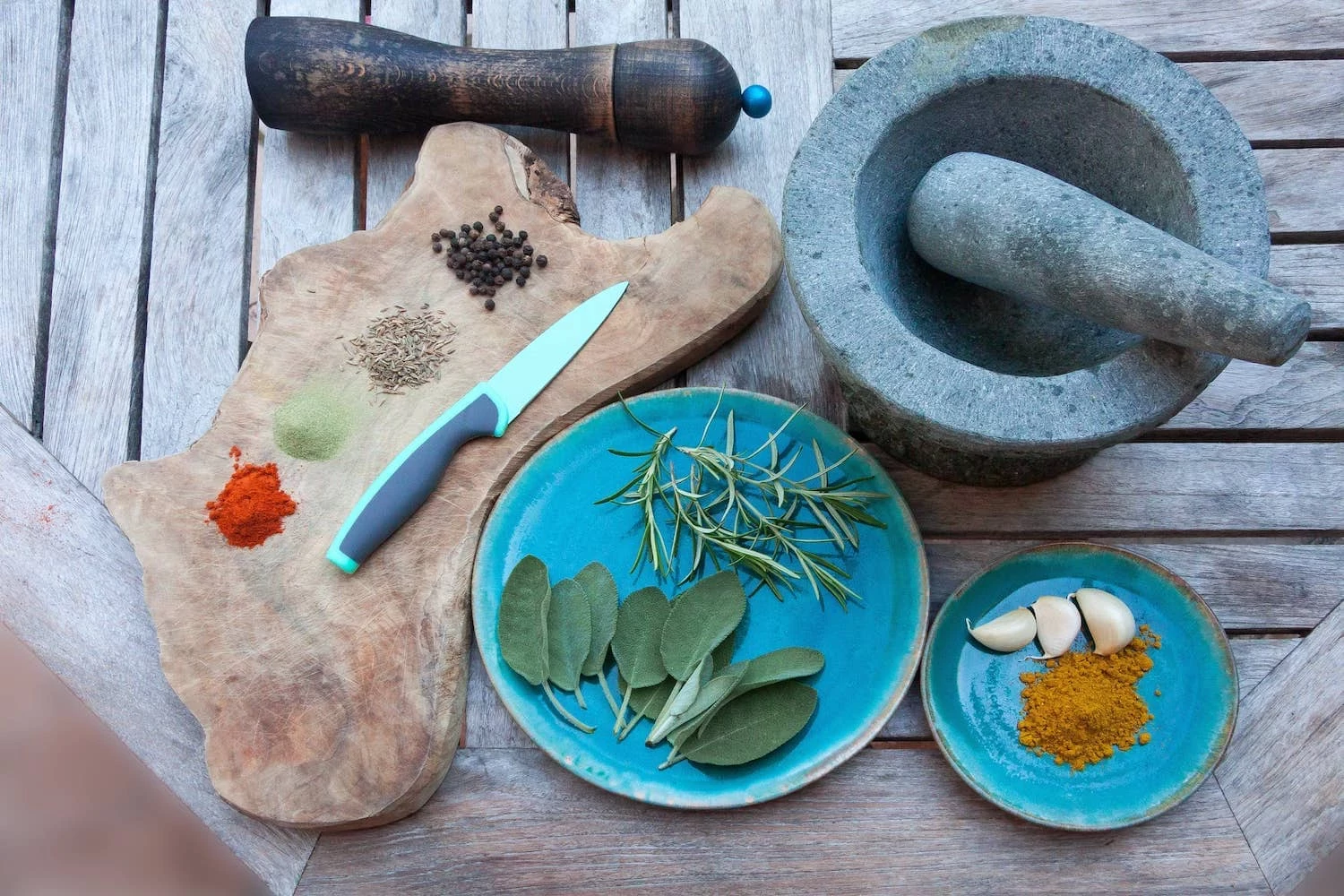
A joint problem called knee pain is widely spread among older people, but now it has also become trendy among young adults, too. This is attributed to too much time spent in a sedentary position.
Our ordinary response to pain is to take painkillers, but that is not the only answer.
Prolonged 'popping pills' for an interminable time does not resolve the knee joint pain which affects the quality of life in the long run. You can suffer this and thus move on to a chronic ailment that affects your movement. Consequently, one should think twice before picking up painkillers and consider that Ayurvedic remedies could be helpful for knee pain instead. Ayurveda is an old medical way that offers a holistic approach and durable results for many healthcare cases, including joint problems. Continue reading to discover some techniques to Manage Knee Pain With Ayurvedic Treatment and bring back your normal pattern of living.
It is the Ayurveda approach that aspires to restore or assert the cause and/or symptoms of the disease. Inflammation comes with the redness and swelling caused by injuries or diseases such as arthritis is the major source of pain. The basic aim behind the use of Ayurvedic remedies is to lower down inflammation and consequent discomfort make it possible for the individual to do daily chores and prevent any further recurrence of symptoms.
In Ayurveda, it is possible to find treatments for all of the knee Arthritis. These plants have proven anti-inflammatory qualities and no side effects as in the case of frequently prescribed medicines. The application of oil is essential since the oxygenation of medicines is very fast and can pass through the layers of the skin.
There are four different ways in which the therapist in the Ayurvedic medical system works.
Less traumatic inflammation and pain.
The muscle power around the affected area gets increased.
Removal of Vata (Vata is the primary cause of pain in accordance with Ayurveda),
Enhancement of internal cleansing so that the medicines might become more effective.
The specific treatment time and the combination of therapies will be decided by the physician on a case-by-case basis, depending upon the condition and Prakriti of the patient. On the other hand, is an enumeration of the common treatments set up for the purpose of lessening knee pain & swelling.
Kizhi gives herbs as well as sand, rice, and choornams (all tied in a muslin cloth) to make the tiny herbal boluses (pottichal). These boluses are heat brazed and lightly bruised and stamped over the knee joint as needed. Active ingredients of herbal powders and leaves of rice act directly on the inflammation site of the knee joint and cause a reduction in pain.
Abhyanga is an oil massage, which is a full-body technique using medicated oils. This has the function of stimulating the nerve endings and increasing the blood flow at the site of the pain. Ayurveda advocates that vata pacification can be done by oils applied to the body and in massage. Secondly, oil massage briefly reduces the stiffness in joints by easing movement.
Janu Basti starts by putting heated medicated oil over the knee. The oil is kept encapsulated with a well constructed using black gram paste or whole wheat flour. The herbal oil used in the process restores the condition of the lubricating fluid in the joint and ensures the correctness of the structures that make up the joint. It also assists in the movement of the knee joints. Janu Basti is basically used for pain management in conditions like osteoarthritis of the knee, osteoporosis arthritis of the knee joint and chronic knee pain as well. It decreases the pain and restriction in knee joints which are good for enhancing mobility.
Snehapanam or oil squeezing aims to control vata, improve muscular power and provide lubrication to the knee joint.
This treatment is performed by pressing herbal paste over the affected area. This is a very effective treatment that can be used for osteoarthritis of knees, injuries of knees or localized knee pain and swelling. It implies an increased blood circulation, a healing effect and a strengthening of the musculature.
Kashaya Basti is one of the most effective treatment methods that uses an enema with medicated decoction. It has colon cleansing benefits indicating that the colon is the main organ of Vata according to Ayurveda. Besides this, it also helps in reducing the incidence of constipation which is one of the major complaints of patients.
The Sneha Basti enema is the use of oil mixed with medication. It works in colon cleansing since the colon is Vata seat from the Ayurveda point of view.
While knee pain can affect anyone, some biological and lifestyle factors can further intensify the symptoms and development of it. Below are the knee Joint Risk Factors.
Strenuous sports activities or exercising may cause knee pains or ligament injury.
Those with an insufficient muscle tone suffer from knee pain sooner than those with a good muscle tone.
Excess weight in obesity already puts an extensive amount of stress and pressure on the knee joints even during normal things like walking or standing.
Knee pain is a widespread illness that can affect an individual of any age. It can arise after an injury to the ligament that connects the two bones together, following the tear of cartilage cushion (now observed in arthritis) or after an inflammation of a joint. What is frequently seen in old age? It is osteoarthritis of the knee that causes knee Joint Pain. Some of the bone disorders like osteoporosis, gout or infection can be associated as a cause of knee joint pain too. An act that is highly active in nature such as playing sports or exercising using knee joints can also cause pain, but it is temporary and ends by adopting some self-care measures. Nevertheless, the joint pain in the knee arising from osteoarthritis needs proper therapy at a certain time.
Ayurveda calls OsteoArthritis of Knee as Sandhigatavata, meaning Vata (air element) is increased and accumulated in Sandhi (joint). Did you understand the ways to Manage Knee Pain With Ayurvedic Treatment? Try good vyayam to stay fit always. The disease process in joints affects all the normal functions. In old age, the Vata Dosha predominates, and therefore, the knee joint pain which is a common problem in the elderly, is attributed to the same. Ayurveda also looks at the unhealthy diet as a major contributor to arthritis and knee joint pain. Malfunction of metabolism and digestion may result in vāta vitiation that further results in pain in joints. Despite the fact that osteoarthritis has no permanent cure, Ayurvedic treatments as well as medicines calm down pain and swelling.


